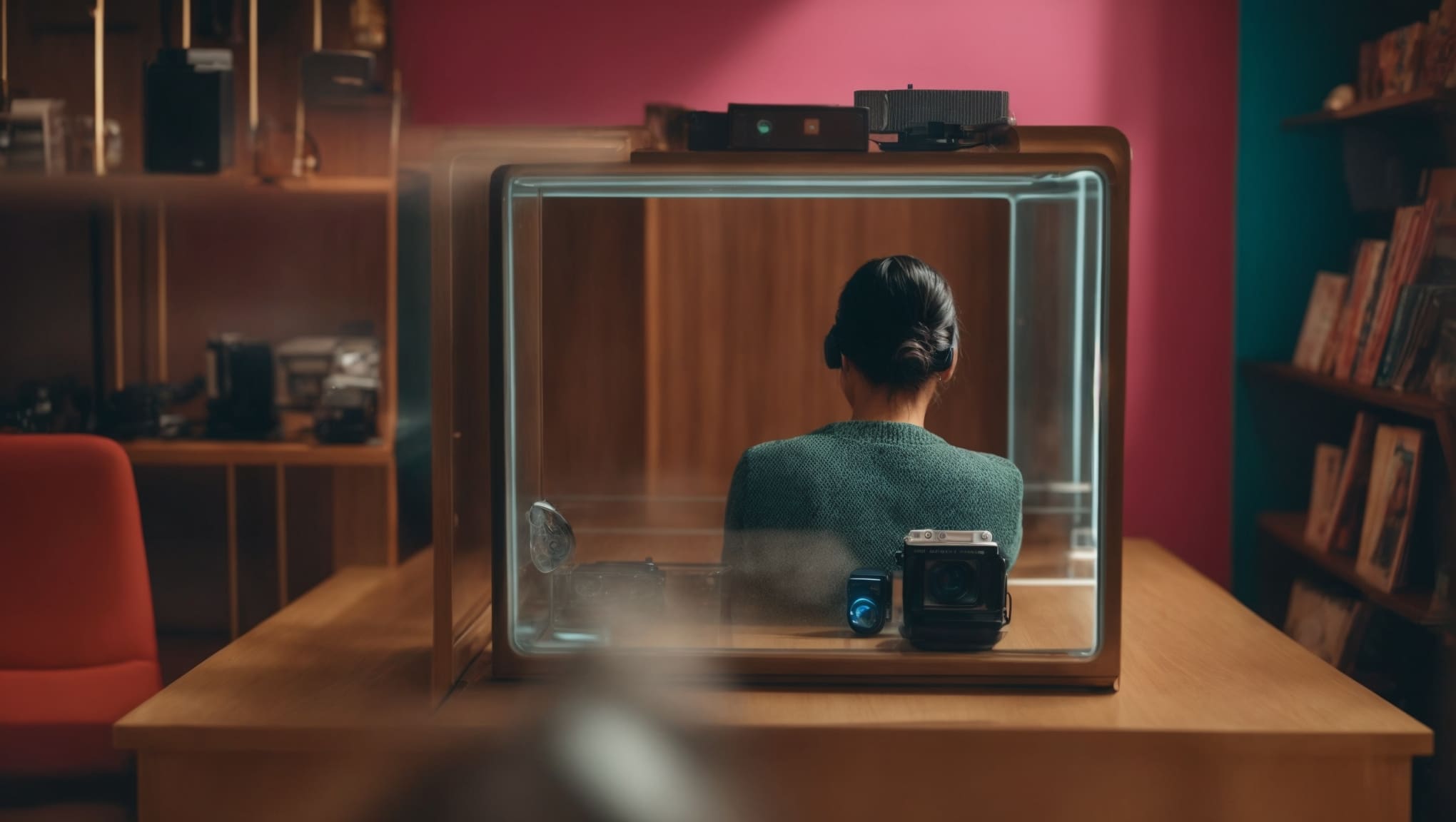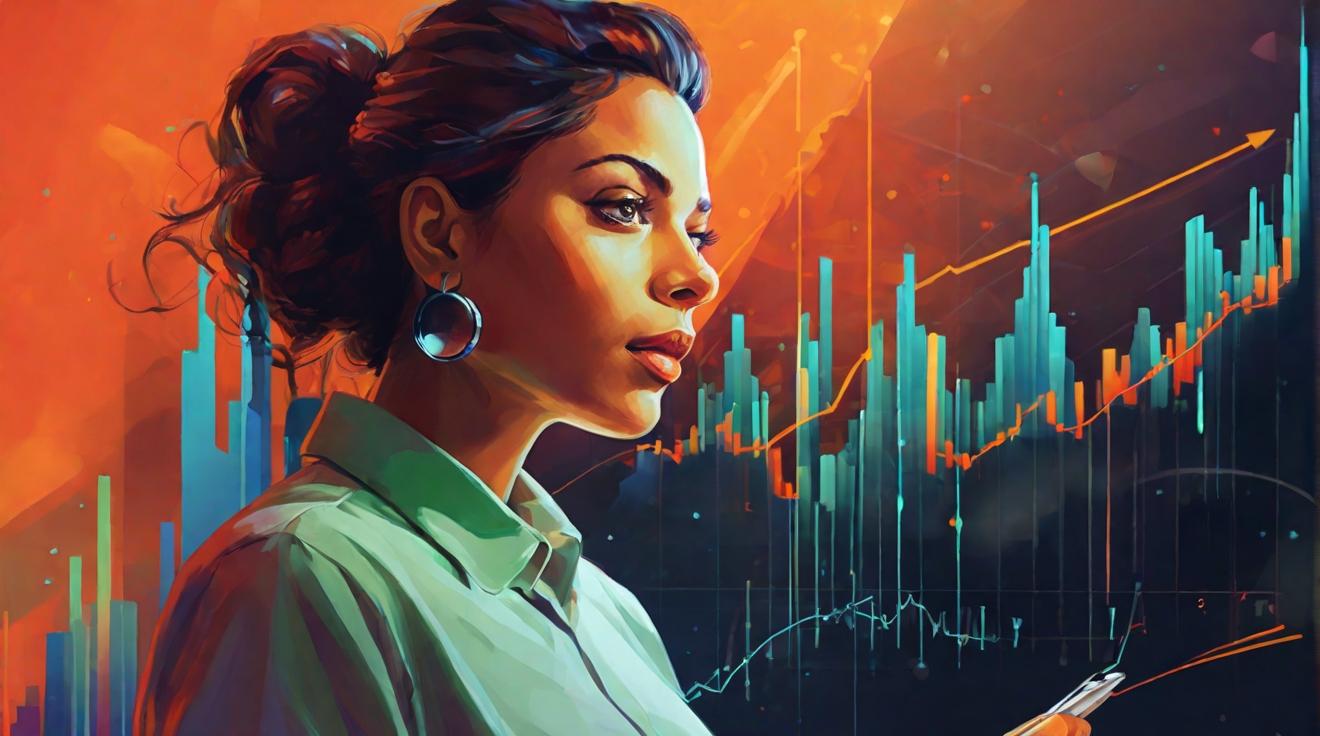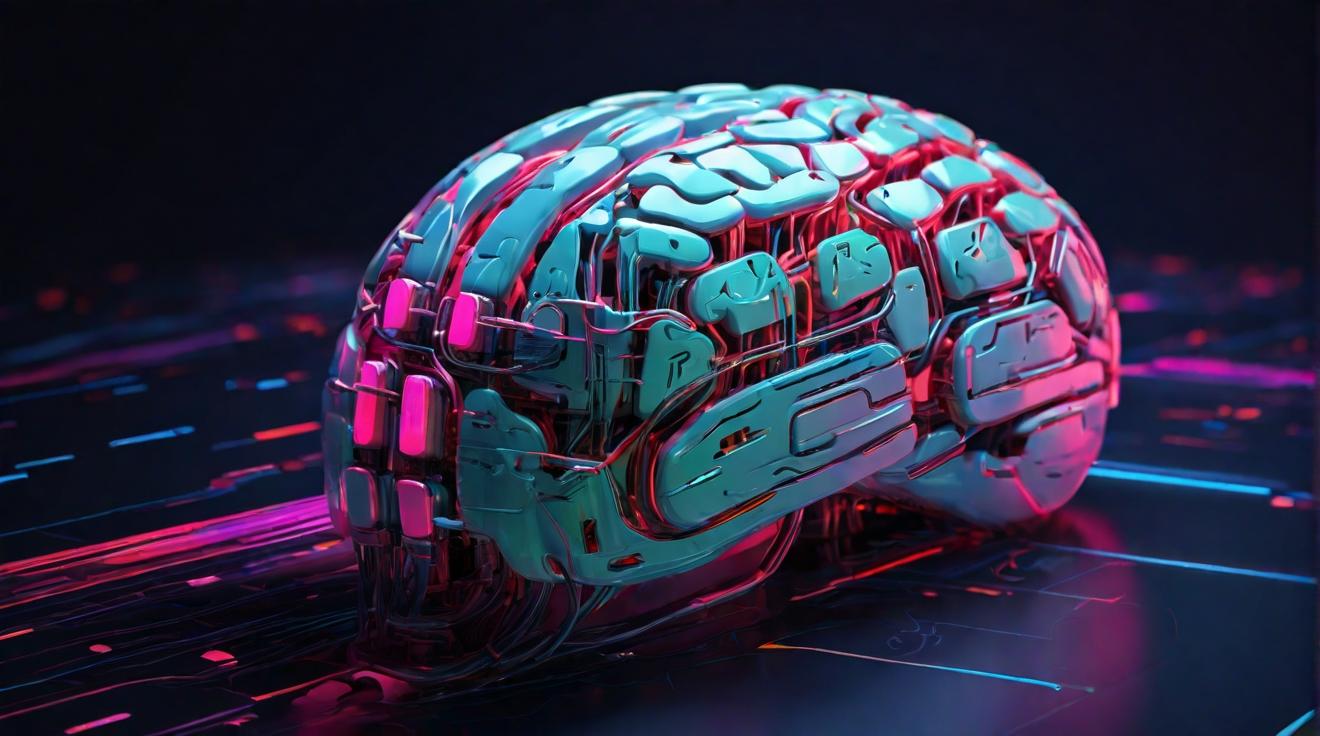Breakthroughs in AI Communication Aiding People with Speech Disabilities
Advancements in artificial intelligence (AI) technology have opened up new possibilities for individuals with speech disabilities to communicate more effectively. Through the development of augmentative and alternative communication (AAC) tools, individuals like Aubrie Lee, who was born with a rare form of muscular dystrophy, can now express themselves with greater ease. These AAC tools, powered by deep learning algorithms, are designed to decode nonstandard speech patterns and assist individuals in effectively conveying their thoughts and ideas.
Project Relate: Revolutionizing Conversations for People with Nonstandard Speech
One notable AAC tool making a significant impact is Google’s Project Relate. This app, enabled with artificial intelligence, acts as a professional listener for individuals with nonstandard speech. By training the app’s algorithms on thousands of recordings of people with speech disabilities and customizing it to an individual user’s voice pattern, Project Relate can accurately recognize and translate speech with an accuracy rate of 80% to 90%. This breakthrough technology has been downloaded by thousands of users since its release in 2021 and has revolutionized conversations for individuals with speech impairments.
AI Tools Empowering Expression for Those with Major Mobility Disabilities
In addition to aiding individuals with speech disabilities, AI tools have also opened up new avenues for self-expression for those with major mobility disabilities. Amie Thornburg, who was diagnosed with ALS 25 years ago, has found solace in AI art tools like Fotor. Despite losing most movement in her limbs, Thornburg is able to create digital images that reflect her artistic vision. Using eye-tracking technology, she can manipulate software to type prompts, allowing her to create intricate and visually captivating artworks. These AI tools have empowered individuals like Thornburg to explore their creativity and share their unique perspectives with the world.
Using AI Art Tools to Create Despite Loss of Movement
Amie Thornburg’s experience with AI art tools highlights the remarkable capabilities of technology in helping individuals with major mobility disabilities create meaningful artwork. By utilizing tools like Fotor, Thornburg can produce digital images that transcend her physical limitations. One of Thornburg’s creations, titled “Always Watching,” showcases her artistic talent and serves as a testament to the power of AI in providing alternative means of expression. Through the integration of AI technology, individuals like Thornburg can continue pursuing their artistic passions and finding fulfillment despite their physical challenges.
Finding Alternative Ways to Communicate: The Importance of Human Connection
While AI tools have undoubtedly enhanced communication and self-expression for individuals with speech and mobility disabilities, it is important to recognize the value of human connection. Despite the advancements in AI technology, there are certain cues and nuances that only human interactions can capture. Amie Thornburg’s husband, Pat, attests to this, stating that even after 38 years of marriage, he can understand her without relying on AI translation. In a world increasingly shaped by technology, it is crucial to strike a balance between utilizing AI tools and nurturing genuine human connection. These tools should serve as aids rather than replacements for human interaction, as nothing can replace the empathy, understanding, and emotional connection that human communication brings.
Conclusion
Advancements in AI communication tools have undoubtedly brought about significant improvements in the lives of individuals with speech and mobility disabilities. From apps like Project Relate to AI art tools like Fotor, technology has allowed individuals to overcome their physical limitations and express themselves more effectively. However, it is paramount to remember that while technology plays a vital role, human connection remains invaluable. By embracing both AI tools and genuine human interaction, we can create a more inclusive and compassionate world for all individuals, regardless of their communication abilities.
Analyst comment
Positive news: Breakthroughs in AI Communication Aiding People with Speech Disabilities.
As an analyst, the market for AI communication tools for individuals with speech disabilities is expected to grow. The advancements in AI technology have opened up new possibilities for effective communication, leading to increased adoption of augmentative and alternative communication (AAC) tools. This market growth will be driven by the development of more advanced and accurate AAC tools, such as Google’s Project Relate, which have already shown significant impact and widespread adoption. Additionally, the market for AI art tools for individuals with major mobility disabilities, like Fotor, is also expected to expand as more people recognize the power of technology in enabling self-expression despite physical limitations. However, it is important to strike a balance between utilizing AI tools and nurturing human connection to create a more inclusive and compassionate world.













